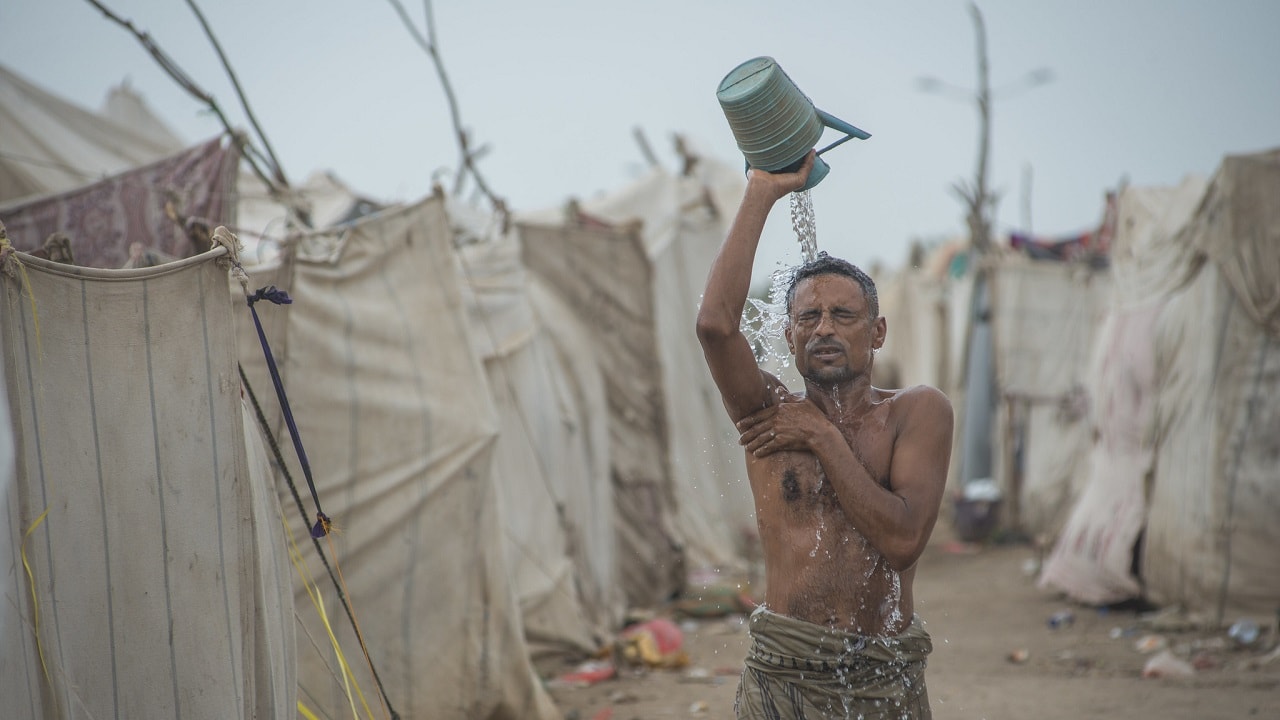The Iranian-backed Houthi rebels rejected to renew the United Nations-brokered truce in Yemen this week as international pressure to end the war has grown unilaterally. In his recent Middle East trip, U.S. President Joe Biden announced a joint agreement with Riyadh to “deepen and extend” the rapidly approaching ceasefire expiration date next month.
A critical potential blockage to extending the ceasefire between Riyadh and the Houthis is the occupation of Taiz and other provinces. The Houthi’s opposition to releasing the occupied territory it holds and resistance to a cessation in peace have hindered peace in Yemen before.
A History of the Truce
Back in March 2021, Saudi Arabia also proposed a ceasefire agreement to the Houthis. Seeking to end the then-six-year-long war in Yemen, the plan incorporated the United Nations as the supervisor of the series of dialogues the agreement would encompass.
Immediately after proposing the deal, the Houthi rebels denounced its contents, specifically criticizing its failure to reverse the air and sea blockade that surrounds northern Yemen. The Houthis’ hesitation to move forward on peaceful terms does not bode well for the future of the civil war that has evolved into the worse humanitarian crisis in the twenty-first century.
A History of Unrest
Since 2014, Yemen has been embroiled in civil conflict when Iranian-backed Houthi militants took control of Yemen’s northern Saana province and forced the removal of its government. Following the exile of the then-President of Yemen, Abdrabbuh Mansour Hadi, the conflict escalated.
At this point, a Saudi-led coalition that was supported by the U.S., France, and the United Kingdom initiated a kinetic war targeting the insurgents. From the onset of the conflict, Riyadh has accused the Islamic Republic of Iran of fueling the Houthi’s offensive through monetary assistance and weapons transfers. In fact, part of Saudi Arabia’s rationale to prevent a Houthi takeover of Yemen is to prevent the rogue regime from being positioned so close to its borders.
Although Iran’s interest in Yemen’s prospects dates back many decades, its influence greatly increased in the mid-2000’s. In 2011, demonstrations swept the streets of Yemen and political infighting led to a stage of turmoil. Similar to Iran’s modus-operandi across the Middle East, it exploited the vulnerable power vacuum in the country by widening its grasp on the country’s structures. Following the takeover of Saana in 2014 and the consequential kinetic war that ensued, Iran’s contributions to the Houthi strategy grew to include the transfer of weapons.
As described by War on the Rocks, Tehran began exporting an arsenal of small arms to the Houthis, followed by more advanced and lethal weapons as the war continued. Iran uses complex smuggling routes to transfer its weapons to its regional proxies, including the Houthi rebels. In the Houthi’s case, Iran also distributes weapons components, which the militants then combine with domestically-made products or other imports to construct working weapons.
“They assemble these parts into working weapons with technical assistance from Hezbollah and Islamic Revolutionary Guard Corps advisers. This approach has allowed the Houthis to now field short and long-range drones and an increasingly diversified fleet of missiles capable of striking deep inside Saudi Arabia. Houthi forces have also used Chinese-made C-801 anti-ship missiles, with a range of 42 kilometers, for attacks on tankers in the Red Sea. These missiles were part of the national army’s arsenal prior to 2014 and were seized during the war. But they were quite possibly modified further with Iranian or Hezbollah assistance.”
While the extent of weapons Iran has supplied the Houthi rebels is unclear, experts have identified a wide range of these transfers. According to the Center for Strategic and International Studies, Iran has exported technology for anti-tank guided missiles, sea mines, unmanned aerial vehicles (UAVs), and ballistic and cruise missiles, among other weaponry.
CSIS elaborated that “Iranian components were also integrated into Yemeni SA-2 surface-to-air missiles to construct the Qaher series of surface-to-surface missiles. The Houthis have also developed a modified version of the Iranian Quds-1 and Quds-2 cruise missiles, with Iranian assistance.” Data indicates that Saudi Arabia’s military has intercepted more than 4,000 drones and projectiles launched by the Houthi insurgents since 2017 alone.
Iran’s deep involvement in the Yemen conflict suggests the Houthi’s refusal to agree to a ceasefire or peace agreement is at least in part due to the regime’s agenda. After the rebels rejected the UN-brokered peace deal this week, Houthi leaders threatened to launch fatal attacks across the country, specifically in the Marib province, to break “the blockade” and take control of the province’s energy infrastructures. Without an extended ceasefire agreement in place, the devastating war that has plagued Yemen for over eight years will not have an end in sight.
Maya Carlin is a Middle East Defense Editor with 19FortyFive. She is also an analyst with the Center for Security Policy and a former Anna Sobol Levy Fellow at IDC Herzliya in Israel. She has by-lines in many publications, including The National Interest, Jerusalem Post, and Times of Israel.

